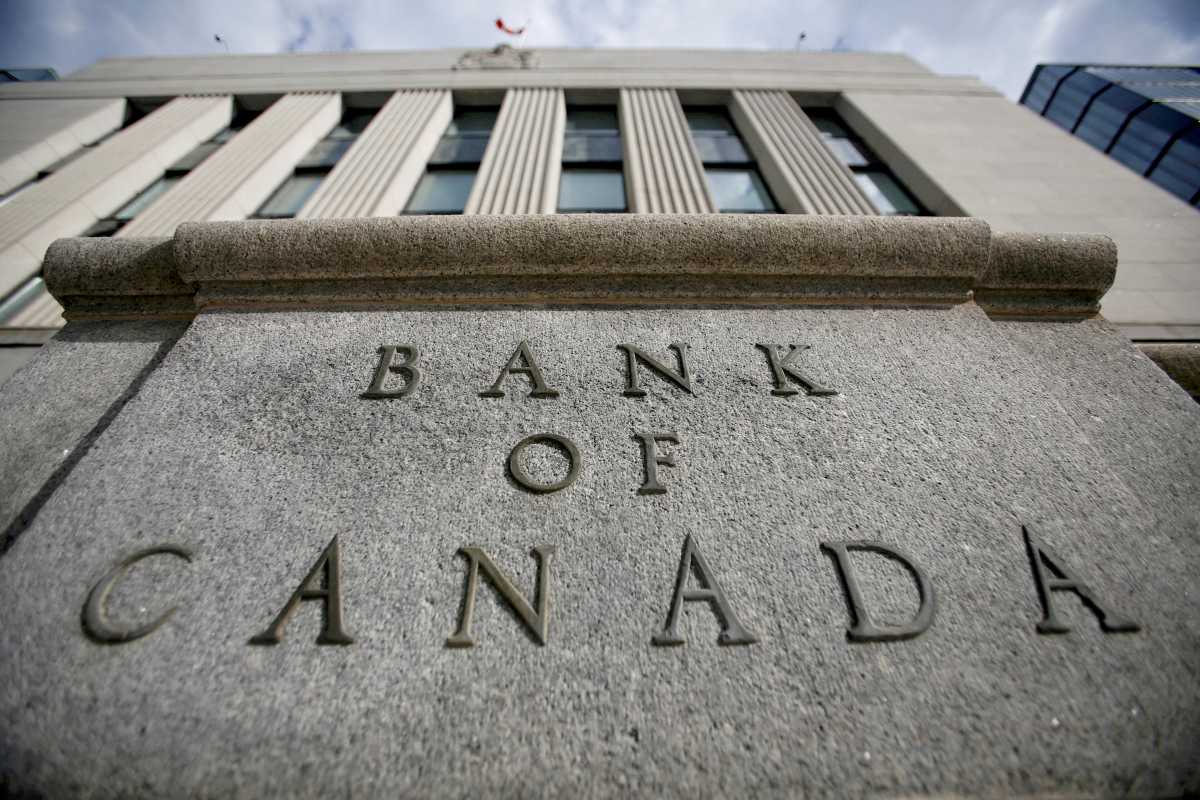Business
Why Do Banks Increase Interest Rates When the Bank of Canada Raises Its Rate?

When the Bank of Canada raises its target overnight rate, it has an impact on various interest rates in the economy, including the banks’ prime rates. But why do banks automatically increase their rates in response? Are they obligated to do so?
Let’s first understand the connection between the Bank of Canada’s target rate and the banks’ prime rates. The central bank’s monetary policy revolves around the target overnight rate, also known as the policy interest rate. Each business day, financial institutions transfer payments associated with their respective clients’ transactions. These transfers can result in net balances being negative, positive, or neutral, which need to be balanced.
To balance these net balances, institutions can lend each other funds overnight at the target overnight rate set by the central bank. Alternatively, they can borrow from the central bank, with repayment due the following day. The interest rate charged for borrowing from the central bank is the discount rate, set 25 basis points above the target overnight rate. Therefore, an increase in the target rate raises the borrowing cost for banks in the overnight funding market.
“By incentivizing financial institutions to lend to each other at a rate close to the target overnight rate, the overnight funding market influences interest rates on various types of borrowing within the economy, including commercial banks’ prime rates (applied to loans such as mortgages and lines of credit) and interest rates on deposits, guaranteed investment certificates, and other savings products,” explains the Bank of Canada.
The institutions are free to set their own prime rates, but their decisions will be influenced by the central bank’s overnight funding rate, which also serves as a benchmark for the cost of funds in financial markets. However, the six major Canadian banks (and the Mouvement Desjardins) tend to adopt the same prime rate.
When establishing their prime rate, the institutions will add a margin, typically averaging around 2%, to the target rate (the discount rate can also serve as a base). According to Jovanka Charbonneau, Senior Economist at the Business Development Bank of Canada, from 1995 to 2008, the margin averaged around 1.5%, then increased to approximately 1.75% until 2015, and has since settled around 2%.
This prime rate will, in turn, influence the advertised rates by lenders. However, it’s important to note that advertised rates are not necessarily the rates actually implemented by lenders, as they may be set above or below the prime rate depending on economic conditions, risk perception, competition, and the borrower’s creditworthiness.
Lastly, in its efforts to combat inflation, the Bank of Canada does not expect an immediate result from adjusting its target overnight rate. “It typically takes 18 to 24 months for the effects of such adjustments to fully transmit to the economy through the four main channels: interest rates offered by financial institutions on loans and deposits, the exchange rate of the Canadian dollar, inflation expectations of the population, and the prices of assets such as homes, stocks, and bonds,” it says.












